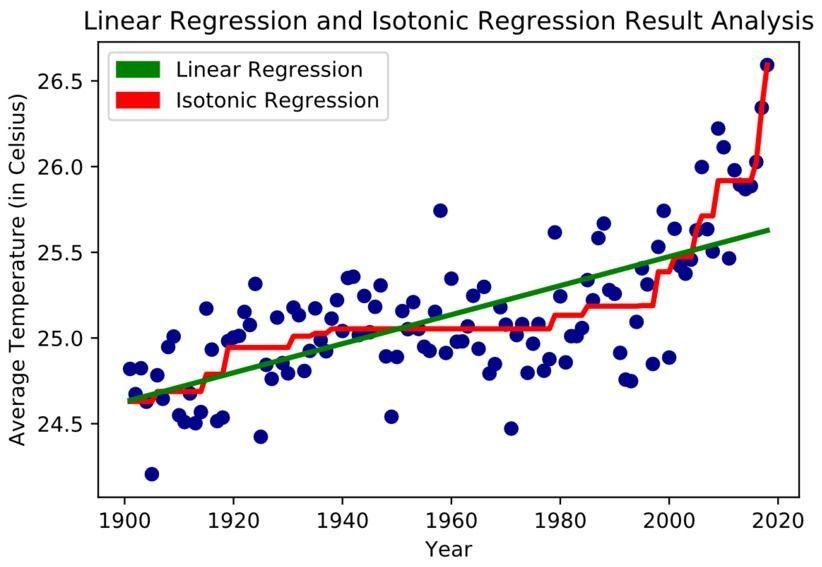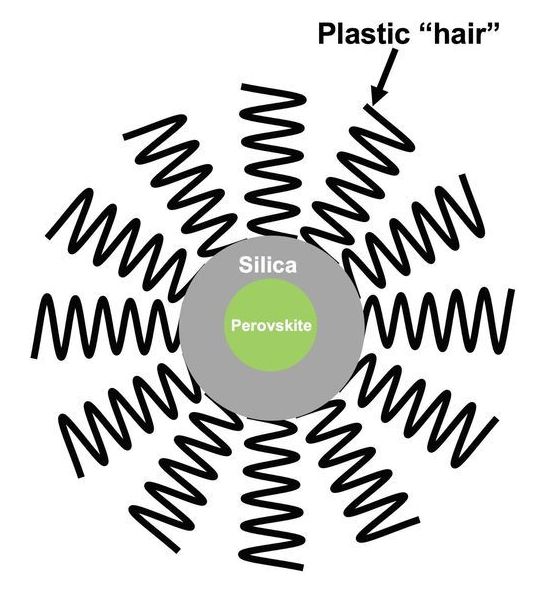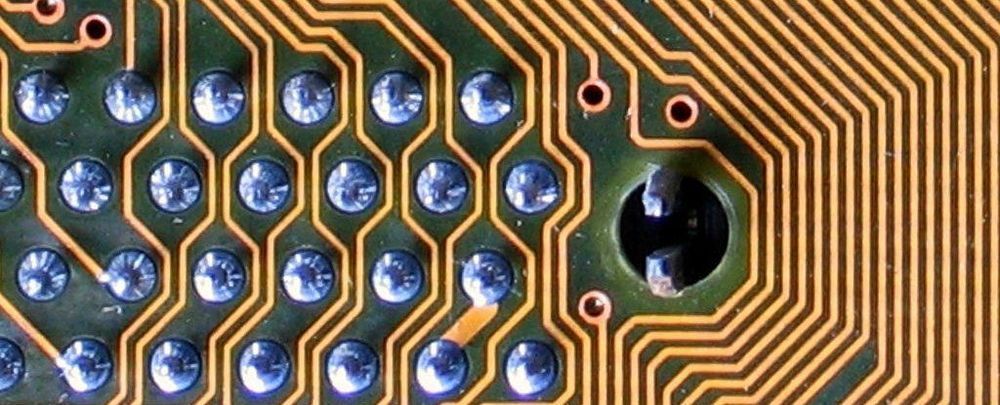Two entrepreneurs from Mexico have created vegan leather out of cactus leaves. The cruelty-free leather is called Desserto.
Adrián López Velarde and Marte Cázarez are said to be the first to create organic leather out of only nopal (prickly-pear) cactus. They don’t use toxic chemicals, phthalates, or PVC in their design.
The vegan leather is partially biodegradable. It’s flexible, breathable, and lasts for at least 10 years. The material feels like animal-based leather. Companies can use it in furniture, cars, leather accessories, and clothing.









